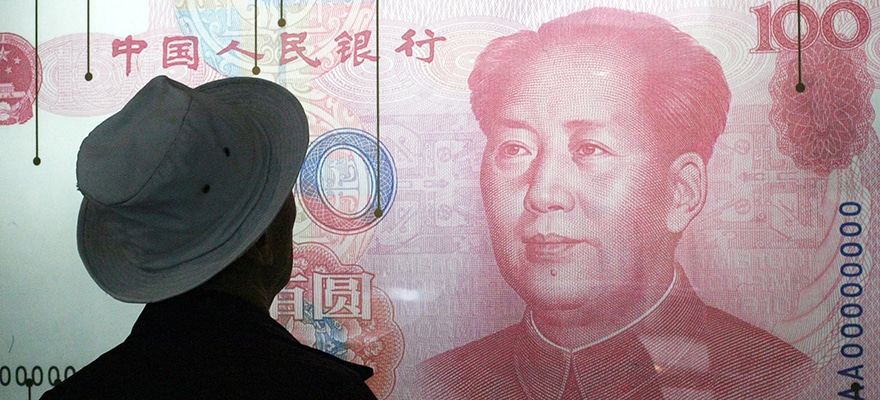Singapore and China have undergone discussions into the multilateral bolstering of cross-border Renminbi (RMB) flows as well as a renewed commitment on capital market linkage between the two countries following the visit of China’s President Xi Jinping to Singapore, according to a Monetary Authority of Singapore (MAS) statement.
The visit centered around the coalescence of three integral initiatives, all of which focused on the expansion of channels for cross-border RMB – overall, the goal of these talks was to foster use of the RMB outside mainland China.
Moreover, the joint cross-border channels are also designed to fortify RMB activities in Singapore, whilst providing financing solutions for Chinese corporates that help achieve more Connectivity between both Singapore and China.
This includes an extension of cross-border RMB policies relegated to Suzhou and Tianjin 1. More specifically, this entails the usability of bond markets, with respect to the RMB. Singapore-based banks will be able to lend RMB to firms in Chongqing, while Chongqing-based companies may issue RMB bonds in parallel in Singapore.
Furthermore, Singapore will also amend its quota, as stipulated under the RMB Qualified Foreign Institutional Investor (RQFII) scheme. This quota will be doubled from RMB 50 billion to RMB 100 billion, which follows after a strong interest from Singapore-based asset managers and investors who have demonstrated an intent to invest in China.
This is important because a larger quota for Singapore-based asset managers will allow for a more comprehensive spectrum of RMB fund products that will ultimately bring greater Liquidity to China’s capital markets.
Finally, MAS and the People’s Bank of China also have to renew and expand a bilateral currency swap arrangement (BCSA), originally established between the two central banks back in 2013 – the agreement was due to expire in Q1 2016, necessitating a renewal.
According to MAS Managing Director, Ravi Menon, in a recent statement on the commitments, “Singapore and China have achieved remarkable success in RMB co-operation thus far. It has benefitted our financial centre while supporting the gradual and orderly internationalisation of the RMB.”
“In the next phase of our financial co-operation with China, we hope to replicate in the area of capital market development the success we have had in building the RMB ecosystem. There is great scope for China to tap on Singapore’s strong institutional investor base and established derivatives markets to facilitate the development of their own capital markets. There are also significant opportunities for exchanges from both sides to collaborate in a mutually beneficial way,” Menon added.
The RMB also faces an upcoming test when the International Monetary Fund (IMF) weighs if the Chinese currency is going to be added to its benchmark currency basket. Last month, a report portended that discussions between the country and IMF could likely decide the currency’s membership in November following several concerted attempts at pushing the RMB's adoption earlier this year.

















